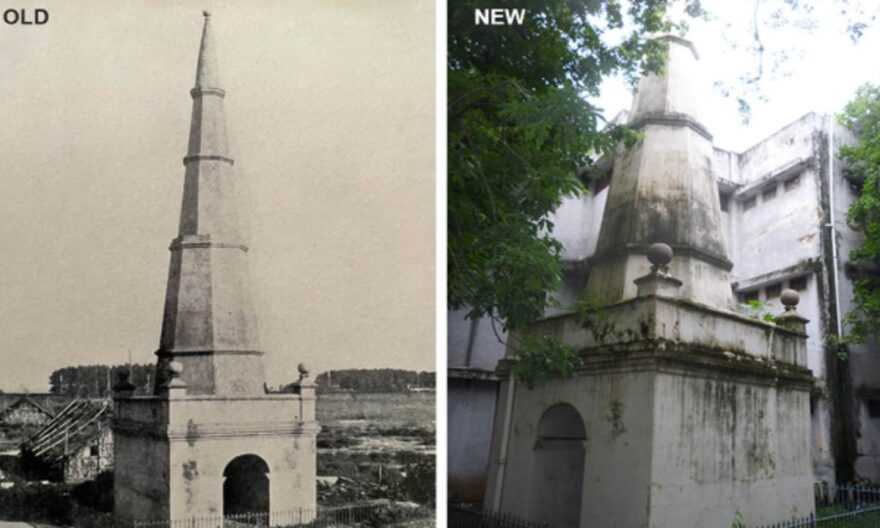
The Madras High Court has recently ordered the Archaeological Survey of India (ASI) to relocate Hynmers’ Obelisk, a tomb dating back to the colonial era, from the Court premises.
Commonly referred to as the Yale Tomb, it contains the graves of David Yale, the son of former Madras Governor Elihu Yale, and his close friend Joseph Hymners.
A single-judge Justice M Dhandapani stated that the tomb, constructed approximately 320 years ago to commemorate the burial sites of Hynmers and Yale, holds no archaeological or artistic significance. Its status as a protected monument is primarily due to its British origins and its classification as a mechanically protected structure over a century old.
“Merely because the tomb has been in existence for more than 100 years, that alone cannot be a ground to declare the monument as a protected monument, thereby bringing it under the cover of ancient monument as provided for under Section 2 (a) of the Act,” the order reads.
The Court directed the ASI to shift the graves elsewhere and to relocate the tomb in order to utilize the land for other purposes. The court’s decision came in response to a plea filed by lawyer B Manoharan, who argued that the Central government had failed to properly assess the structure’s significance and consider its relocation. Manoharan had proposed moving the tomb to create a much-needed parking lot within the court complex, but his request was rejected without due consideration. After reviewing the pictures of the structure, the court agreed that it lacked exceptional architectural or aesthetic value that warranted preservation.
The single bench further stated that the ASI must “first divest its slavish mindset carried on from the colonial era.”
“An order passed by the British regime in the year 1921 has been allowed to continue for more than a century, unmindful of its monument’s value archaeologically or historically. Merely because the British rulers, then, had passed an order declaring the tomb as a protected monument, upon Independence, it is not necessary that independent India should continue what the British regime had thought fit to do then. May be, the slavery attitude, which marked the colonial era during the British regime, has not faded from the memory of the authority..,” the order further stated.
The judge thus directed the ASI and other relevant Central government authorities to initiate the process of relocating the tomb to a suitable location within a timeframe of four weeks.




